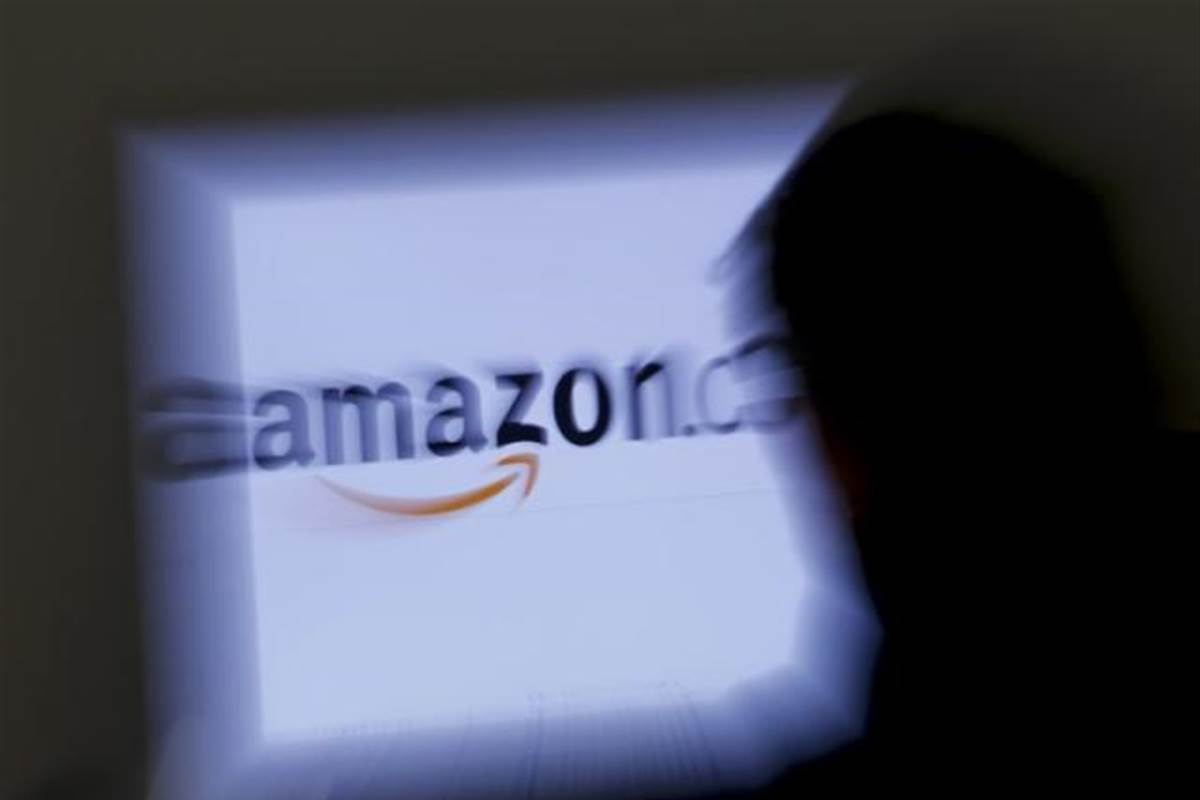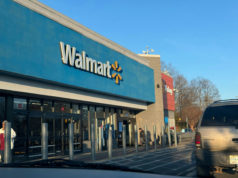
Immediately after the announcement, reporters at Quartz and The Wall Street Journal cried the experimental store might signal the end of “millions of cashier jobs.” But while there would be some employment impact of a widespread application of Amazon Go technology, humans remain a very positive part of retail, McNamee said.
Unlike other shopping experiences that marry in-store and online shopping, the app doesn’t require shoppers to individually scan each item. Rather, the company uses artificial intelligence and computer vision to sense what shoppers are buying.
[embedded content]
“I think this is part of a continuum that began a number of years ago when folks like Home Depot, and then CVS and Albertsons, Wal-Mart and others have experimented with self-checkout,” McNamee said. “And that has been a mixed experience. … These things have all had rough moments, and the consumer experience has been everywhere from fantastic — for the person who otherwise would have been in line for a long time — to just dreadful. And I don’t think it’s been as good for the companies as they’d like to think.”
Indeed, Home Depot has had one of the most successful implementations of mobile and self-checkout, McNamee said, after introducing features like in-aisle location early on. But the company has also faced challenges, including a data breach on its self-checkout terminals.
Even Howard Schneider, who invented an early version of the self-checkout machine in the ’90s, told NPR’s “Planet Money” earlier this year that he has been frustrated that the technology has languished since he got of out of the business.
“The early result from checkout indicates that, in fact, self-checkout works in a relatively narrow set of circumstances — with today’s technology,” McNamee said. “Amazon’s moving the technology forward.”
While it may not completely eliminate cashiers, Amazon’s model could help eliminate some of the hiccups of the self-checkout model, McNamee said, such as “shrinkage,” or inventory loss due to miscounting or theft. It could work better in places like grocery stores, as opposed to an Apple or Tiffany store, where the luxury treatment is central to the brand, he said.
Sixty-five percent of U.S. consumers who have never purchased groceries online said they simply preferred shopping in a store, according to a survey of 2,500 U.S. consumers taken by Cowen analysts.
“Amazon’s model …. is way more consumer friendly, so I really do hope it works,” McNamee said. “I think this is another example of Amazon really pushing the envelope in really interesting ways.”







